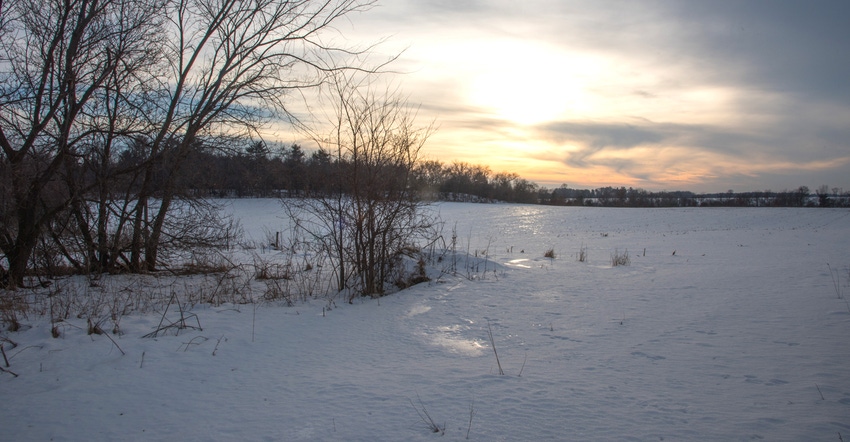November 29, 2021

Imagine, if you will, a year that begins with 12 consecutive days of subzero temperatures, a type of arctic cold often observed above 70 degrees north latitude. That is what happened at the University of Minnesota Northwest Agricultural Experiment Station at Crookston in Polk County, 47.77 degrees north latitude, back in January of 1912.
Furthermore, every single night of January 1912 saw temperatures plummet to subzero levels in Crookston, with 15 nights going to minus 25 degrees F or colder. Little snow fell that month of January, just 1 to 6 inches in western counties, so the soil froze to an extreme depth, beyond 5 feet.
On a statewide basis, the mean temperature for the month was just 9.5 degrees below zero. For context, the statewide mean temperature for January 2021 was 18.3 degrees, almost 28 degrees warmer.
The first half of January 1912 was dominated by subzero temperatures, with some moderation and above-zero afternoon maximum temperatures occurring Jan. 15-17. Some additional above-zero afternoon high temperatures occurred over the last week of the month as well. No record of wind chill conditions was kept in those days, so there is no way to assess what they may have been.
Records still stand
Hundreds of low maximum daily temperature and low minimum daily temperature records were set within the Minnesota state climate network. Many of those records still exist today. More than 30 climate stations reported at least one nighttime minimum temperature of minus 40 degrees or greater, including St. Peter in Nicollet County and St. Charles in Winona County.
Seven climate stations reported at least one night of temperatures of minus 50 degrees or colder. Pine River in Cass County still holds the statewide record-low temperature for Jan. 12. with a reading of 53 degrees below zero in 1912. A reading of minus 22 degrees at Rochester on the Jan. 6 and minus 24 at New Ulm on Jan. 7 are still the coldest daytime maximum temperature every measured in January at those locations.
The dominance of artic cold during January 1912 persisted. January through March of that year ranks as the third coldest in state history, with the average daily temperature over the 91-day period (it was a Leap Year) being about 12 degrees below normal. Only January through March of 1899 and 1936 were colder.
We will see if the January 2022 temperature pattern sets a trend for the first few months of the year.
Seeley is an Extension professor emeritus of meteorology and climatology at the University of Minnesota.
About the Author(s)
You May Also Like




